Home>Garden Essentials>What Was Crop Rotation?
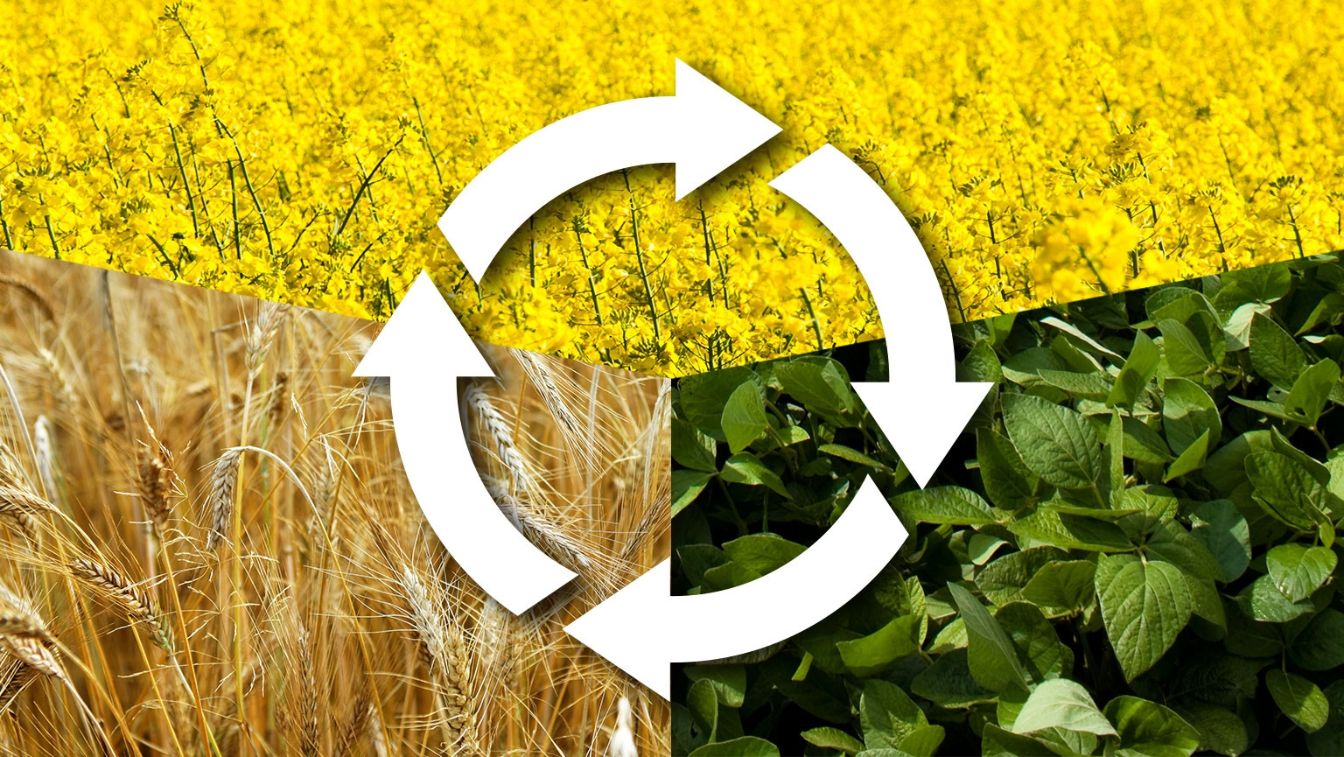

Garden Essentials
What Was Crop Rotation?
Modified: October 28, 2024
Learn about the concept of crop rotation and its benefits for your garden. Discover how this effective technique can improve soil fertility and prevent pests and diseases.
(Many of the links in this article redirect to a specific reviewed product. Your purchase of these products through affiliate links helps to generate commission for Storables.com, at no extra cost. Learn more)
Introduction
Crop rotation is a time-tested agricultural practice that involves systematically changing the crops grown in a particular field over consecutive growing seasons. This method is based on the principle that different crops have different nutrient requirements and interaction with the soil, pests, and diseases. By rotating crops, farmers can optimize soil health, reduce pest and disease pressure, and improve overall crop yields.
Crop rotation has been practiced for centuries and has played a pivotal role in sustaining agricultural productivity throughout history. From ancient civilizations to modern farming practices, this technique has stood the test of time and continues to be a vital component of sustainable farming systems.
The concept behind crop rotation is relatively simple: instead of planting the same crop year after year, farmers alternate the type of crops grown on a specific piece of land. For example, a farmer may plant corn one season, followed by soybeans the next season, and then rotate to a cover crop or a legume the following year.
The primary purpose of crop rotation is to break the cycle of pests and diseases that can build up when the same crop is grown repeatedly in the same location. Different crops have varying root systems, nutrient requirements, and natural defenses, which can disrupt the life cycles of pests, reduce the buildup of diseases, and improve soil fertility.
In addition to pest and disease management, crop rotation also helps to prevent soil erosion, promote nutrient cycling, and enhance soil structure. This practice allows for the replenishment of essential nutrients and minerals depleted by certain crops, while also reducing the need for synthetic fertilizers and pesticides.
Furthermore, crop rotation offers an ecological approach to agriculture by imitating natural patterns and biodiversity. By incorporating a diverse range of crops, farmers can mimic the diversity found in natural ecosystems, promoting mutualistic relationships between plants, insects, and soil microorganisms.
Key Takeaways:
- Crop rotation is a farming technique that helps soil, manages pests, and improves crop yields. It’s been used for centuries and continues to evolve with modern innovations.
- Farmers can use crop rotation to improve soil health, reduce reliance on chemicals, and adapt to climate changes. It’s a sustainable practice with ongoing advancements.
Read more: What Is Crop Rotation Strip Cropping
Definition and Purpose of Crop Rotation
Crop rotation is a systematic approach to farming in which different crops are grown in a particular field over a period of time. It involves rotating the types of crops planted, typically on a yearly basis, to optimize soil health, manage pests and diseases, and improve overall crop productivity.
The primary purpose of crop rotation is to break the cycle of pests and diseases that can build up in the soil when the same crop is planted repeatedly. Different crops have different susceptibility to specific pests and diseases, so rotating crops helps to disrupt their life cycles and reduce their populations. This can significantly reduce the need for chemical pesticides and protect the long-term health of the soil.
Another key purpose of crop rotation is to promote nutrient cycling and soil fertility. Different crops have varying nutrient requirements and rooting depths, so rotating crops helps to prevent nutrient depletion and maintain a balanced nutrient profile in the soil. For example, leguminous crops like beans and peas have the ability to fix atmospheric nitrogen into the soil, which can benefit subsequent crops by reducing the need for nitrogen fertilizers.
Crop rotation also helps to improve soil structure and reduce soil erosion. Different crops have different root systems, some with deep taproots and others with fibrous roots. By rotating crops with different root structures, the soil is aerated, and soil structure is improved. This allows for better water infiltration, reduces runoff, and helps prevent soil erosion.
Furthermore, crop rotation enhances biodiversity and promotes ecological balance in agroecosystems. By planting a diverse range of crops, farmers can promote habitat for beneficial insects, birds, and other wildlife. It also encourages a diverse soil microbial community, which contributes to overall soil health and nutrient cycling.
Overall, the purpose of crop rotation is to optimize agricultural productivity while minimizing the negative impacts on the environment. By diversifying crops and managing pests and diseases through rotation, farmers can achieve sustainable farming practices, reduce reliance on synthetic inputs, and promote the long-term health and fertility of the soil.
Historical Background of Crop Rotation
The practice of crop rotation dates back thousands of years, with evidence of its use found in ancient civilizations such as ancient Egypt, China, and Rome. However, it was during the medieval period in Europe that crop rotation gained significant recognition and became an essential agricultural practice.
During the medieval period, there was a growing understanding of the relationship between different crops and the health of the soil. Farmers observed that continuously growing the same crop in the same field led to a decline in soil fertility and increased pest and disease problems. In response to these challenges, farmers began to implement crop rotation systems.
One of the earliest documented crop rotation systems was the three-field system, widely used in medieval Europe. This system involved dividing the land into three fields: one for winter crops, one for spring crops, and one left fallow or planted with cover crops. This rotation allowed for the replenishment of nutrients and the restoration of soil fertility, ultimately improving crop yields.
Over time, different crop rotation systems emerged in different parts of the world, each tailored to the specific climatic conditions and agricultural practices of the region. For example, in Asia, the practice of rice-wheat rotation became widely adopted, where paddy fields were alternated with wheat fields to manage pests and improve soil fertility.
In the 18th century, the British agricultural scientist Charles Townshend, also known as “Turnip” Townshend, popularized a four-field crop rotation system. This system involved dividing the land into four fields and rotating between a cereal crop like wheat or barley, a root crop like turnips or potatoes, a legume crop like clover or peas, and a fallow field. This revolutionized European agriculture, significantly improving soil fertility and crop yields.
During the 19th and 20th centuries, modern agricultural practices and the development of synthetic fertilizers and pesticides led to a decline in the use of crop rotation in some regions. However, there has been a renewed interest in sustainable agriculture and organic farming, leading to a resurgence in the adoption of crop rotation practices.
Today, crop rotation continues to be an important aspect of sustainable farming systems worldwide. Farmers and researchers are constantly experimenting with different crop rotation systems, integrating cover crops, and exploring innovative approaches to optimize soil health, reduce pest pressure, and ensure long-term agricultural productivity.
Benefits of Crop Rotation
Crop rotation offers a multitude of benefits for both farmers and the environment. By strategically rotating crops, farmers can optimize soil health, manage pests and diseases, improve water and nutrient utilization, and enhance overall crop yields. Here are some of the key benefits of crop rotation:
1. Soil Health and Fertility: One of the primary benefits of crop rotation is the improvement of soil health and fertility. Different crops have varying nutrient requirements, root architectures, and abilities to fix nitrogen. By rotating crops, the soil is replenished with a diverse range of nutrients, preventing imbalances and nutrient depletion. Additionally, crop rotation helps to enhance soil structure, increase organic matter content, improve water-holding capacity, and promote beneficial soil microbial activity.
2. Pest and Disease Management: Crop rotation is an effective method for reducing pests and diseases. Certain pests and pathogens have specific crop preferences, and by changing crops each season, the buildup of these organisms can be minimized. Rotating crops disrupts the life cycles of pests, breaks pest-host relationships, and reduces the risk of crop-specific diseases. This decreases the reliance on chemical pesticides, making crop rotation an environmentally friendly pest management strategy.
3. Weed Control: Crop rotation can help in weed control and management. Different crops require different weed management strategies, such as varying tillage techniques, herbicide rotations, and cover crop suppressions. By rotating crops, weeds associated with specific crops can be suppressed or eliminated, reducing the overall weed pressure in the field.
4. Nutrient Cycling and Reduced Fertilizer Dependency: Rotating crops allows for more efficient nutrient cycling in the soil. Legume crops, for example, have the ability to fix atmospheric nitrogen, which benefits subsequent crops by providing natural nitrogen fertilization. By incorporating legume crops into the rotation, farmers can reduce the need for synthetic nitrogen fertilizers. Overall, crop rotation helps to optimize nutrient utilization, reduce nutrient runoff, and minimize the environmental impact of fertilizer application.
5. Increased Water Usage Efficiency: Different crops have varying water needs and root systems. By rotating crops, water usage can be optimized, as crops with similar water requirements are grouped together. This allows for improved water usage efficiency, especially in regions with limited water resources or during periods of drought.
6. Biodiversity and Ecological Balance: Crop rotation promotes biodiversity in agricultural systems. By growing a variety of crops, farmers provide habitat and food sources for a wider range of beneficial insects, birds, and other wildlife. This helps to maintain a balanced ecosystem and enhances natural pest control measures.
7. Resilience to Climate Variability: Crop rotation can improve the resilience of farming systems to climate variability. Different crops have varying levels of tolerance to extreme weather conditions, such as drought or excessive rainfall. By diversifying crops through rotation, farmers can mitigate the risks associated with climate change and adapt to changing environmental conditions.
Overall, crop rotation is a sustainable and environmentally friendly farming practice that offers numerous benefits. It contributes to sustainable soil management, reduces the reliance on chemical inputs, enhances biodiversity, and promotes long-term agricultural productivity.
Types of Crop Rotation Systems
Crop rotation systems can vary depending on the specific goals and needs of farmers, as well as the climate and agricultural practices of the region. Here are some common types of crop rotation systems:
1. Simple Two-Field Rotation: This is one of the simplest forms of crop rotation, where two crops are alternated between two fields. For example, one field may be planted with a cereal crop, such as wheat or corn, while the other field is left fallow or planted with cover crops. This rotation allows for the restoration of soil fertility and breaks the cycle of pests and diseases associated with specific crops.
2. Three-Field Rotation: The three-field rotation system was popularized during the medieval period in Europe. Fields are divided into three sections, with one section planted with a cereal crop, another section with a legume crop, and the third section left fallow or planted with cover crops. This rotation helps replenish soil nutrients, as legume crops fix nitrogen, and the fallow field allows for weed control and soil rejuvenation.
3. Four-Field Rotation (Norfolk Rotation): The four-field rotation system was pioneered by British agriculturalist Charles Townshend, also known as “Turnip” Townshend. It involves dividing the land into four fields and rotating between a cereal crop, a root crop (such as turnips or potatoes), a legume crop (such as beans or peas), and a fallow or cover crop. This rotation enhances soil fertility, prevents nutrient depletion, and breaks pest and disease cycles.
4. Sequential Crop Rotation: In this rotation system, crops are selected based on their ability to complement one another in terms of nutrient requirements, pest resistance, and growth habits. This allows for a continuous rotation of crops that are well-suited to the specific conditions and goals of the farm. For example, a farmer might rotate between corn, soybeans, wheat, and alfalfa, ensuring that each crop provides benefits to the subsequent crop in the rotation.
5. Perennial Crop Rotation: Perennial crop rotation involves the rotation of perennial crops, such as fruit trees or vineyards, in a specific sequence. This helps to manage nutrient imbalances, control pests and diseases, and maintain long-term soil health. For example, vineyards may rotate between different grape varieties, cover crops, or rest the land periodically to rejuvenate the soil and optimize grape production.
6. Intercropping and Polyculture: Intercropping and polyculture involve planting multiple crops in the same field simultaneously or in close proximity. This can provide several benefits, including weed suppression, pest management through companion planting, optimization of nutrient utilization, and better utilization of available space. For example, planting corn with climbing beans can provide natural trellising for the beans while the beans fix nitrogen for the corn.
These are just a few examples of the various crop rotation systems that farmers employ to optimize soil health, manage pests and diseases, and enhance overall agricultural productivity. The specific rotation system chosen will depend on the farm’s goals, available resources, and the climatic conditions of the region.
Crop rotation is a farming technique where different crops are planted in the same area in sequential seasons. This helps improve soil fertility, reduce pests and diseases, and increase crop yield.
Read more: What Was The Three-Crop Rotation?
Implementation of Crop Rotation
Implementing crop rotation involves careful planning and consideration of various factors, including crop selection, field layout, timing, and other agronomic practices. Here are the key steps involved in the successful implementation of a crop rotation system:
1. Field Assessment and Planning: Start by assessing the characteristics of each field, such as soil type, drainage, nutrient levels, and topography. This information will help determine the suitability of different crops for each field. Additionally, consider factors such as crop rotation goals, pest and disease history, and available resources when planning the rotation sequence.
2. Crop Selection: Choose a diverse range of crops that are well-suited to the region and align with the specific goals of the crop rotation system. Consider factors such as pest and disease resistance, nutrient requirements, market demand, and compatibility with other crops in the rotation. Including cover crops and legume crops in the rotation can also be beneficial for soil health and fertility.
3. Rotation Schedule and Sequence: Plan the order and duration of each crop in the rotation sequence. Consider factors such as crop compatibility, pest and disease carryover risks, and the nutritional needs of each crop. For example, it is common to follow a nitrogen-demanding crop with a nitrogen-fixing legume to replenish soil fertility. Aim to include a mix of different crop families to break disease cycles and balance nutrient demands.
4. Timing: Timing is crucial in crop rotation. Consider the climate, frost dates, and specific crop requirements when determining the optimal timing for planting and harvesting each crop. This can help maximize growing seasons and minimize risks of pests, diseases, and adverse weather conditions.
5. Crop Residue Management: Proper management of crop residues is important in successful crop rotation. Remove crop residues to mitigate the risk of carrying over pests and diseases to subsequent crops. Consider incorporating residues back into the soil through tillage or organic matter incorporation to improve soil structure and nutrient content.
6. Pest and Weed Management: Implement integrated pest management strategies to effectively manage pests and weeds. Incorporate pest-resistant varieties, utilize biological controls, and practice crop diversification to disrupt pest life cycles. Choose appropriate weed control measures, such as cultural practices, crop rotation, and targeted herbicide applications, to minimize weed interference.
7. Monitoring and Adaptation: Regular monitoring of crop performance, soil conditions, and pest and disease occurrences can help fine-tune the crop rotation system. Observe any changes in crop yields, soil health, or pest pressure and make necessary adjustments to optimize the rotation sequence and agronomic practices as needed.
Implementing crop rotation requires careful planning, flexibility, and continuous monitoring. It is essential to consider the specific characteristics of each field, select diverse and compatible crops, and proactively manage pests and diseases. By following these steps, farmers can successfully implement a crop rotation system that optimizes soil health, improves crop productivity, and promotes sustainable farming practices.
Challenges and Limitations of Crop Rotation
While crop rotation offers numerous benefits, there are also certain challenges and limitations that farmers may face when implementing this practice. Understanding these challenges is crucial for successful crop rotation implementation. Here are some of the common challenges and limitations:
1. Crop Selection and Market Demand: Choosing the right mix of crops in a rotation can be challenging, especially when considering market demand and profitability. Farmers need to balance their crop rotation goals with the economic viability of the chosen crops. This requires careful market research and strategic planning to ensure a successful rotation that meets both agronomic and economic objectives.
2. Crop Yield Variability: Crop yields can vary when implementing a crop rotation system. Some crops may have lower yields compared to others, resulting in potential economic losses for the farmer. It is important to evaluate and manage potential yield variability, considering factors such as soil fertility, crop genetics, and appropriate agronomic practices for each crop in the rotation.
3. New Pest and Disease Challenges: While crop rotation can help manage pests and diseases by disrupting their life cycles, it may also introduce new pest and disease challenges. Some pests and diseases may be favored by certain crops in the rotation, leading to outbreaks or increased pressure. Regular monitoring, integrated pest management practices, and crop diversification can help mitigate these challenges.
4. Limited Land Availability: Crop rotation requires adequate land availability to effectively implement rotation sequences. In areas with limited land, it may be challenging to allocate sufficient space for each crop in the rotation. Farmers may need to explore alternative options such as intercropping, agroforestry, or considering offsite rotations to overcome this limitation.
5. Soil Type and Conditions: Different soil types and conditions can impact the success of crop rotation. Some soils may have limitations in nutrient availability or drainage, which can affect certain crops in the rotation. Soil testing and analysis can help identify potential limitations and guide appropriate crop selection and management practices to address these challenges.
6. Complexity and Management: Implementing and managing a crop rotation system can be complex and require careful planning, organization, and monitoring. Farmers need to consider crop compatibility, planting and harvesting schedules, and appropriate agronomic practices for each crop in the rotation. This imposes additional management demands and may increase labor and operational costs.
7. Climate Constraints: Climate plays a crucial role in the success of crop rotation. Unpredictable weather conditions, including droughts, excessive rainfall, or extreme temperatures, can impact crop growth and rotation schedules. Adapting the rotation sequence and selecting resilient crop varieties can help mitigate climate-related limitations.
Despite these challenges and limitations, crop rotation remains a valuable practice for sustainable farming. Addressing these potential obstacles through careful planning, continuous monitoring, and adaptive management can help farmers optimize the benefits of crop rotation and mitigate any potential limitations in their specific farming systems.
Modern Applications and Innovations in Crop Rotation
Crop rotation continues to evolve in response to new challenges and advancements in agricultural science and technology. Modern applications and innovations in crop rotation aim to enhance soil health, improve crop productivity, and address sustainability concerns. Here are some of the notable modern applications and innovations in crop rotation:
1. Precision Agriculture: Precision agriculture technologies, such as remote sensing, GPS, and machine learning, are revolutionizing crop rotation practices. These technologies help farmers optimize input usage, monitor crop health, and make informed decisions for each field or even within specific areas of a field. By integrating precision agriculture techniques with crop rotation, farmers can tailor their rotations based on site-specific conditions, allowing for increased efficiency and better resource management.
2. Cover Crops: Cover crops are gaining popularity as a valuable addition to crop rotation systems. Cover crops are grown between cash crops or during fallow periods to protect the soil from erosion, improve soil structure, and enhance nutrient cycling. They can also suppress weeds, manage pests, and provide habitat for beneficial insects. Innovations in cover crop selection and management techniques are helping farmers optimize the benefits of cover crops within their rotation sequences.
3. Conservation Tillage Systems: Conservation tillage practices, such as minimum tillage or no-till farming, are being integrated into crop rotation systems. These practices minimize soil disturbance and maintain crop residues on the soil surface, which improves soil structure, enhances water retention, and reduces erosion. Conservation tillage systems promote better nutrient cycling and microbial activity, allowing for improved soil health and reduced environmental impact.
4. Biological Crop Protection: Integrated pest management (IPM) approaches are increasingly being used in conjunction with crop rotation. IPM combines different pest control strategies, such as biological controls (e.g., predators, parasites), cultural practices, and targeted pesticide applications. By combining crop rotation with biological crop protection methods, farmers can reduce reliance on chemical pesticides while effectively managing pests and diseases.
5. Crop-Livestock Integration: Integrating livestock into crop rotation systems offers additional benefits. Livestock can graze cover crops or utilize crop residues, providing a natural way to manage cover crops and enhance soil fertility through nutrient recycling. Crop-livestock integration promotes a more balanced nutrient cycle, reduces input costs, and diversifies farm income streams.
6. Smart Crop Rotation Planning Tools: Digital tools and software applications are being developed to assist farmers in planning and optimizing their crop rotation systems. These tools consider multiple factors such as soil type, climate, crop requirements, and pest and disease risks. By utilizing these tools, farmers can generate customized crop rotation plans that maximize soil health, pest management, and yield potential, while also incorporating factors like market demand and profitability.
7. Regenerative Agriculture Principles: Crop rotation aligns well with the principles of regenerative agriculture, which emphasize soil health, biodiversity, and ecosystem services. Modern crop rotation systems are being designed with regenerative agriculture principles in mind, focusing on practices that enhance soil organic matter, promote biodiversity, and foster ecological resilience. These innovative practices aim to create more regenerative farming systems that improve both environmental and economic outcomes.
These modern applications and innovations in crop rotation highlight the ongoing efforts to optimize the benefits and sustainability of crop rotation practices. By incorporating cutting-edge technologies, embracing regenerative agriculture principles, and adopting new methodologies, farmers can enhance soil health, mitigate environmental challenges, and ensure the long-term viability of their farming systems.
Conclusion
Crop rotation is a tried-and-true agricultural practice that continues to play a vital role in sustainable farming systems. By systematically changing the crops grown in a field over consecutive seasons, farmers can optimize soil health, manage pests and diseases, improve water and nutrient utilization, and enhance overall crop yields.
Throughout history, crop rotation has been practiced in various forms by civilizations around the world. From the simple two-field rotation to the advanced precision agriculture technologies of today, farmers have adapted and innovated crop rotation to meet the evolving challenges of a changing agricultural landscape.
The benefits of crop rotation are numerous. It improves soil fertility by replenishing nutrients, enhances soil structure, and promotes biodiversity in agricultural systems. It acts as a natural pest and disease management strategy, reducing reliance on chemical pesticides. It optimizes water and nutrient utilization, mitigates climate variability risks, and contributes to long-term sustainability in farming practices.
However, implementing crop rotation also comes with its challenges and limitations. Crop selection, yield variability, new pest and disease challenges, and limited land availability require careful planning and management. Climate constraints, soil conditions, and the complexity of implementing and monitoring crop rotation systems must also be considered and adapted to ensure success.
Despite these challenges, modern applications and innovations in crop rotation offer promising solutions. Precision agriculture technologies, cover crops, conservation tillage systems, biological crop protection methods, crop-livestock integration, and smart planning tools provide farmers with valuable tools to optimize the benefits and reduce the limitations of crop rotation.
In conclusion, crop rotation remains a valuable practice in sustainable agriculture. It continues to evolve and adapt to meet the needs of modern farming systems, incorporating cutting-edge technologies, regenerative agriculture principles, and innovative methodologies. By implementing crop rotation, farmers can optimize soil health, manage pests and diseases, improve water and nutrient utilization, and ensure the long-term sustainability and productivity of their farming operations.
Frequently Asked Questions about What Was Crop Rotation?
Was this page helpful?
At Storables.com, we guarantee accurate and reliable information. Our content, validated by Expert Board Contributors, is crafted following stringent Editorial Policies. We're committed to providing you with well-researched, expert-backed insights for all your informational needs.

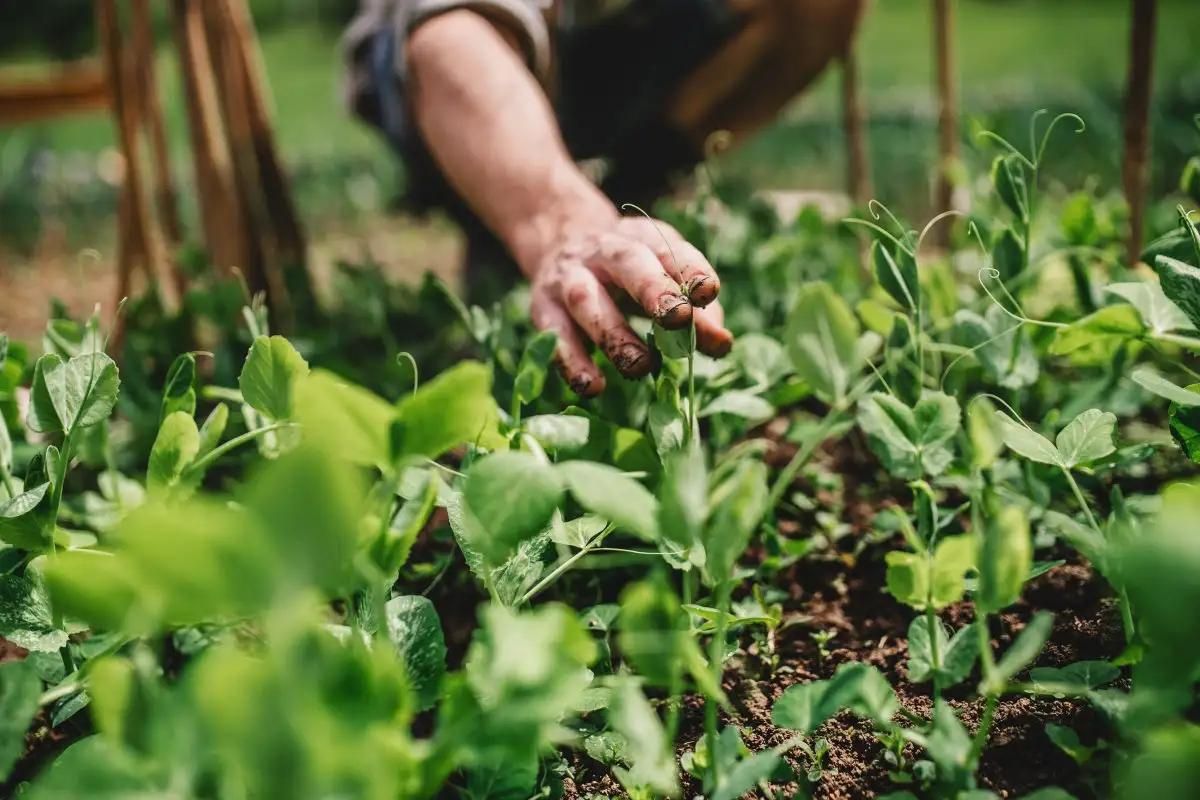
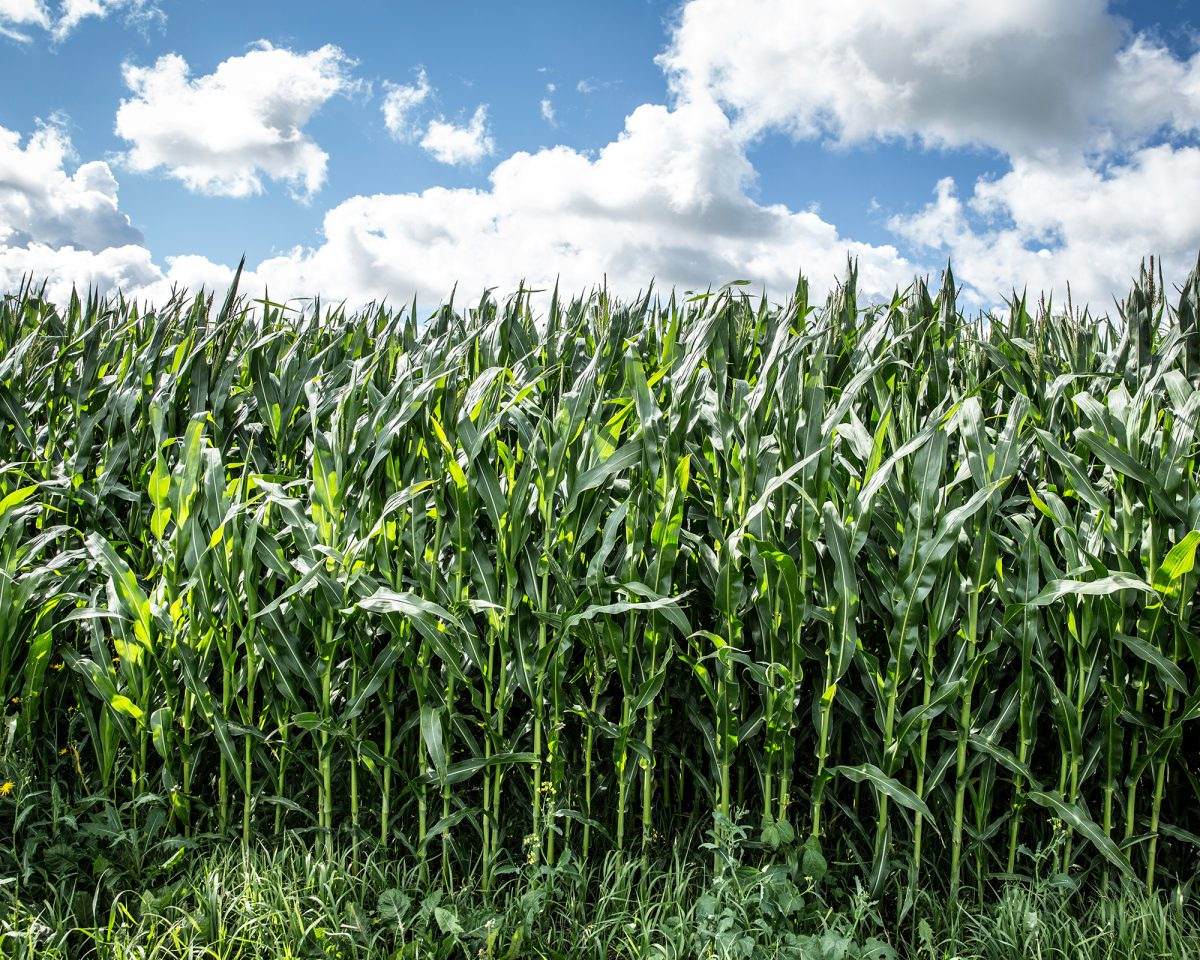
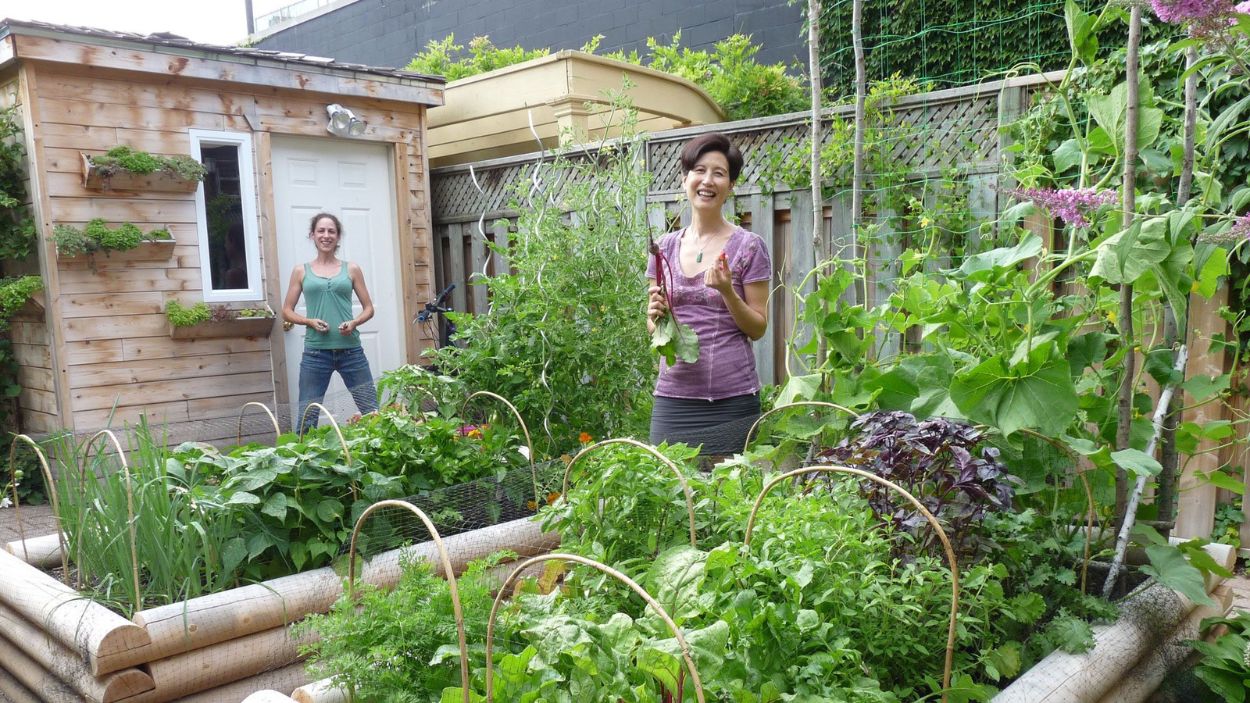
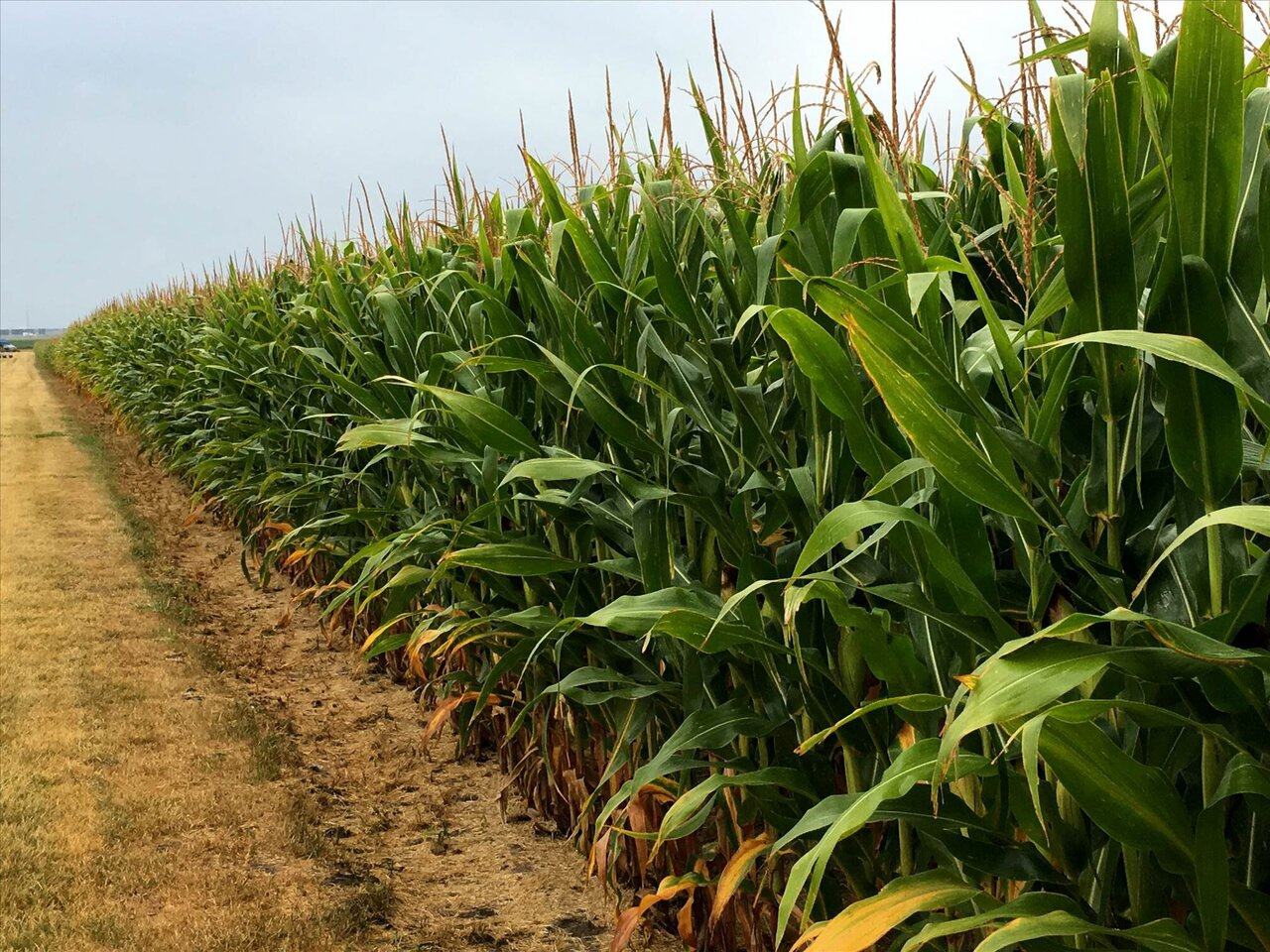
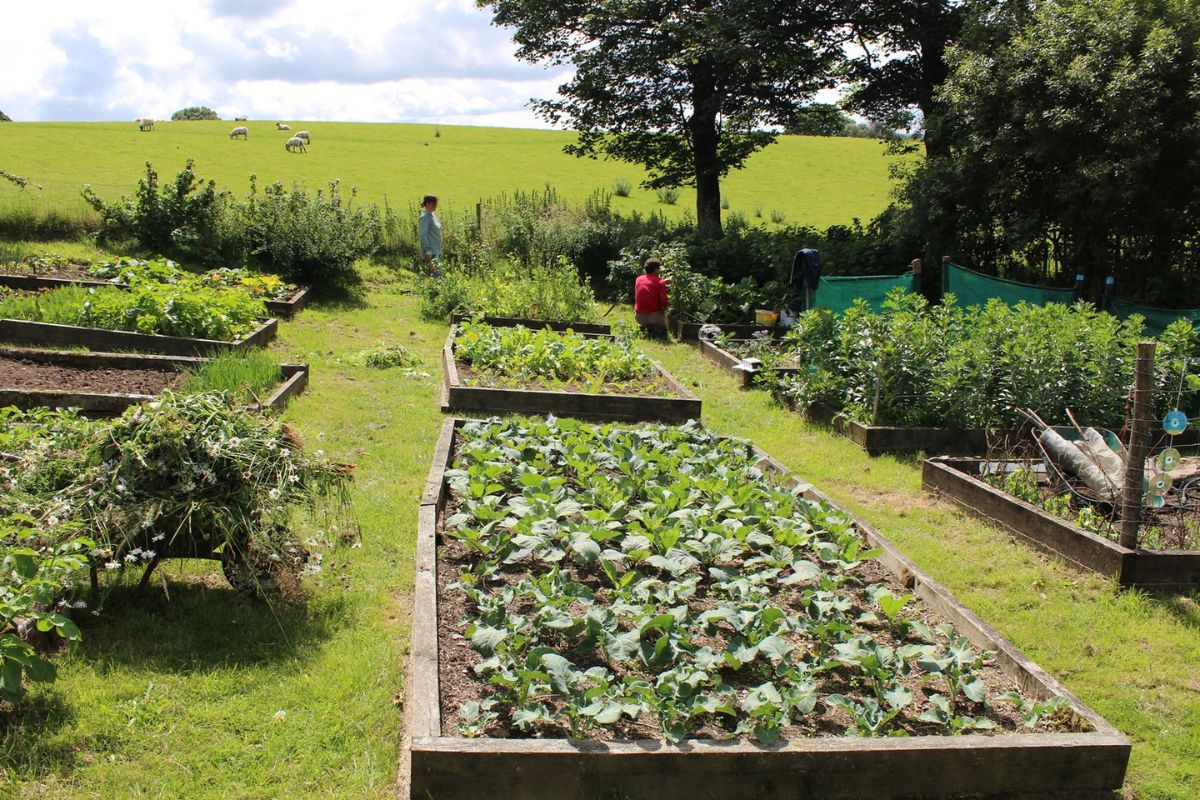
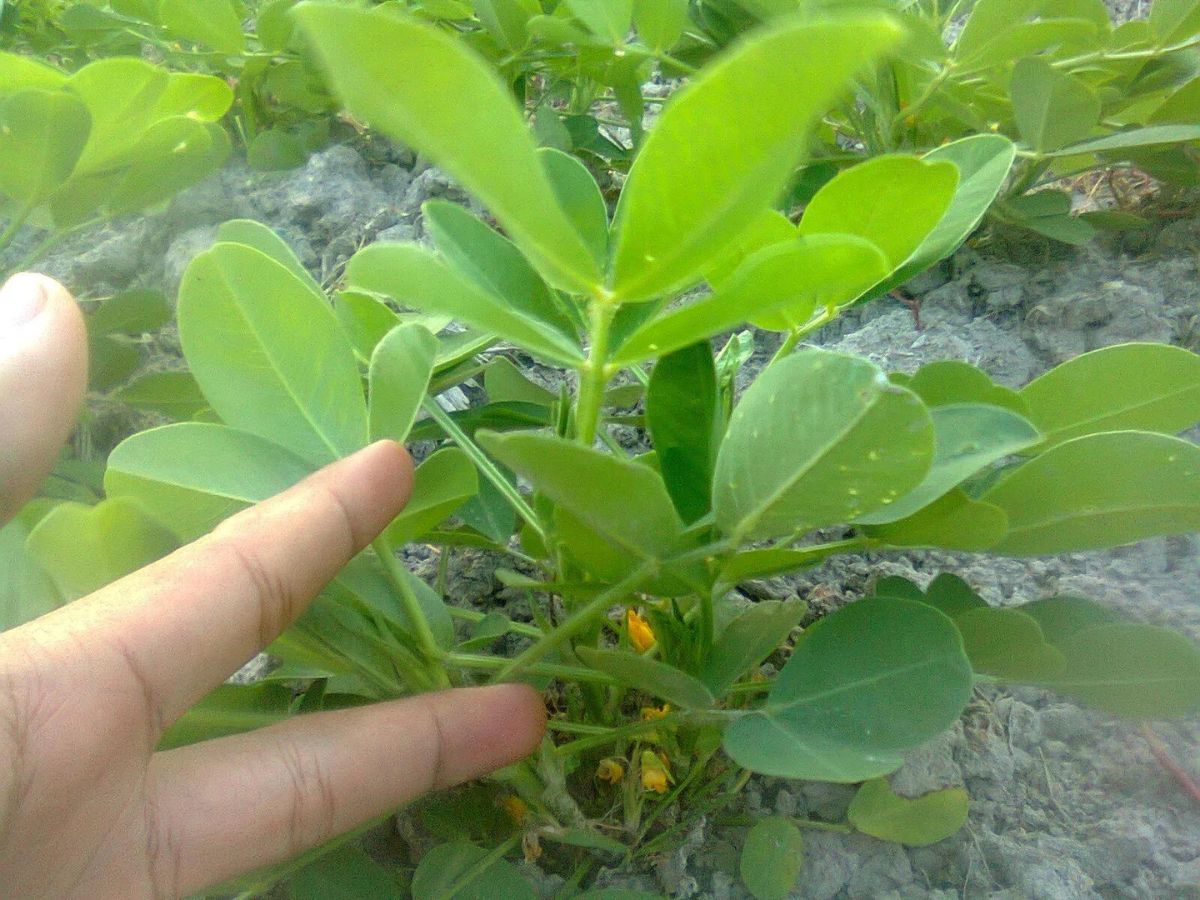
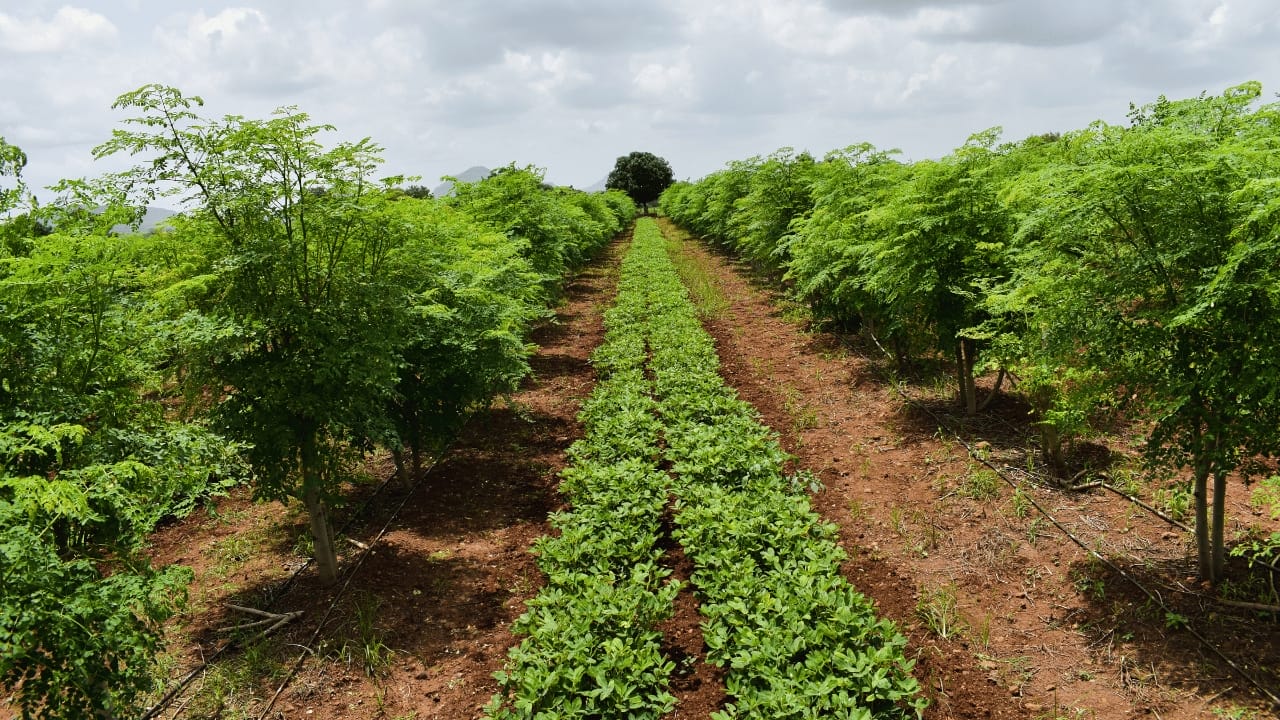
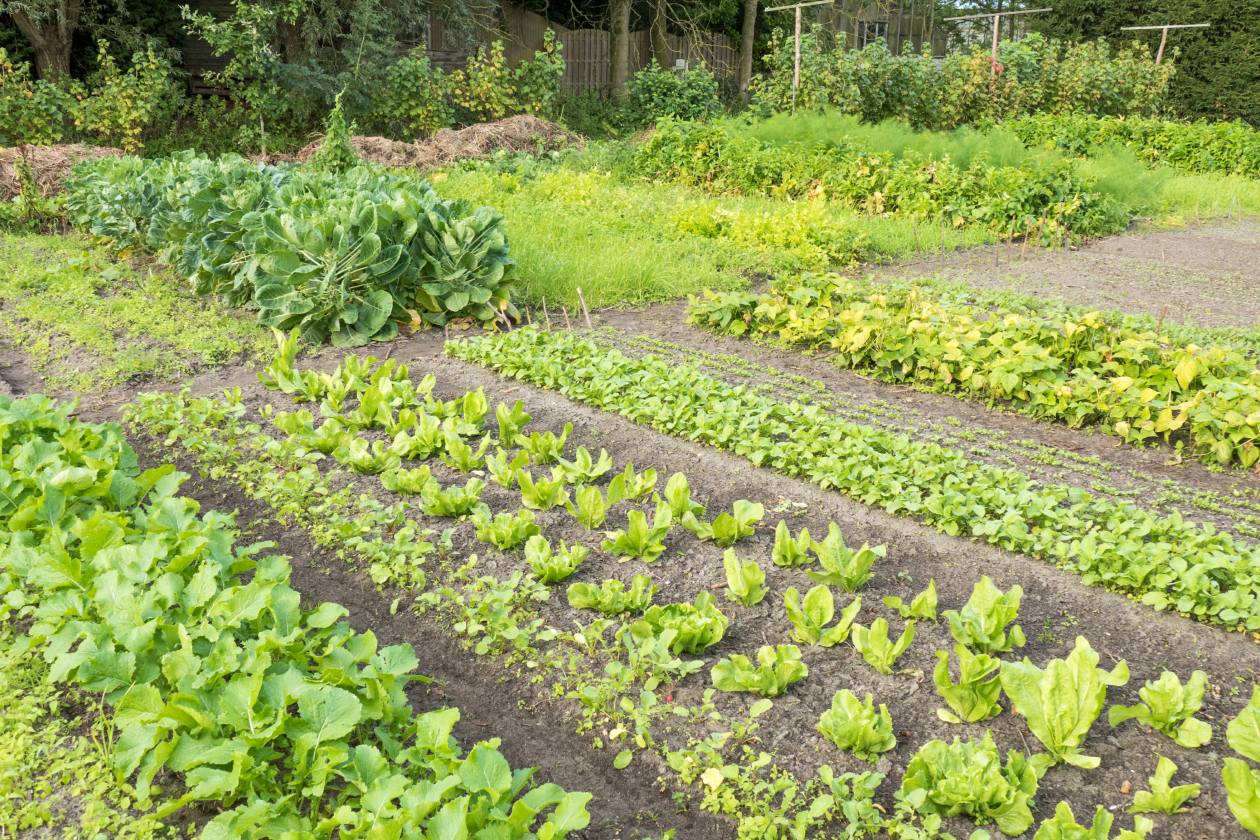
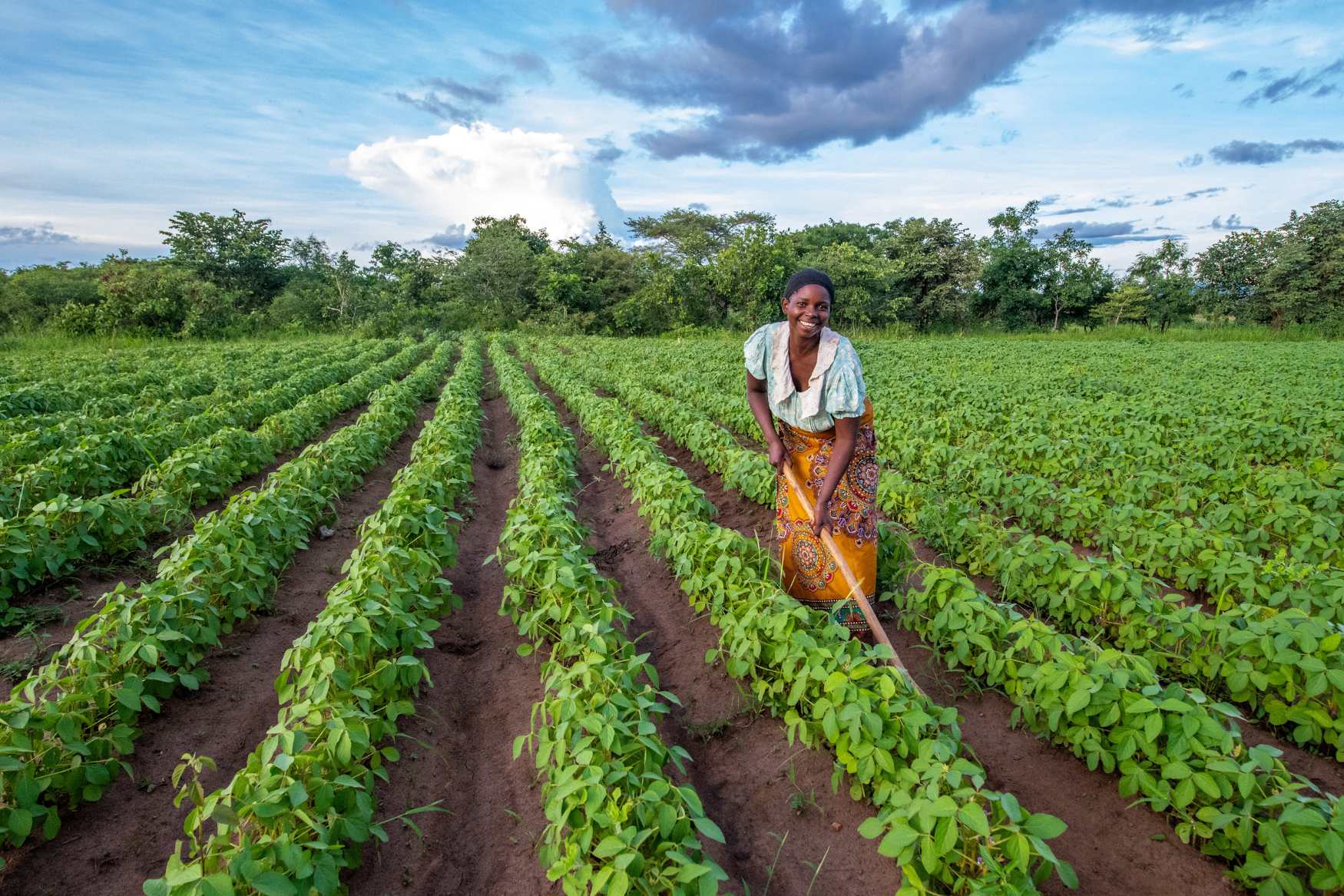
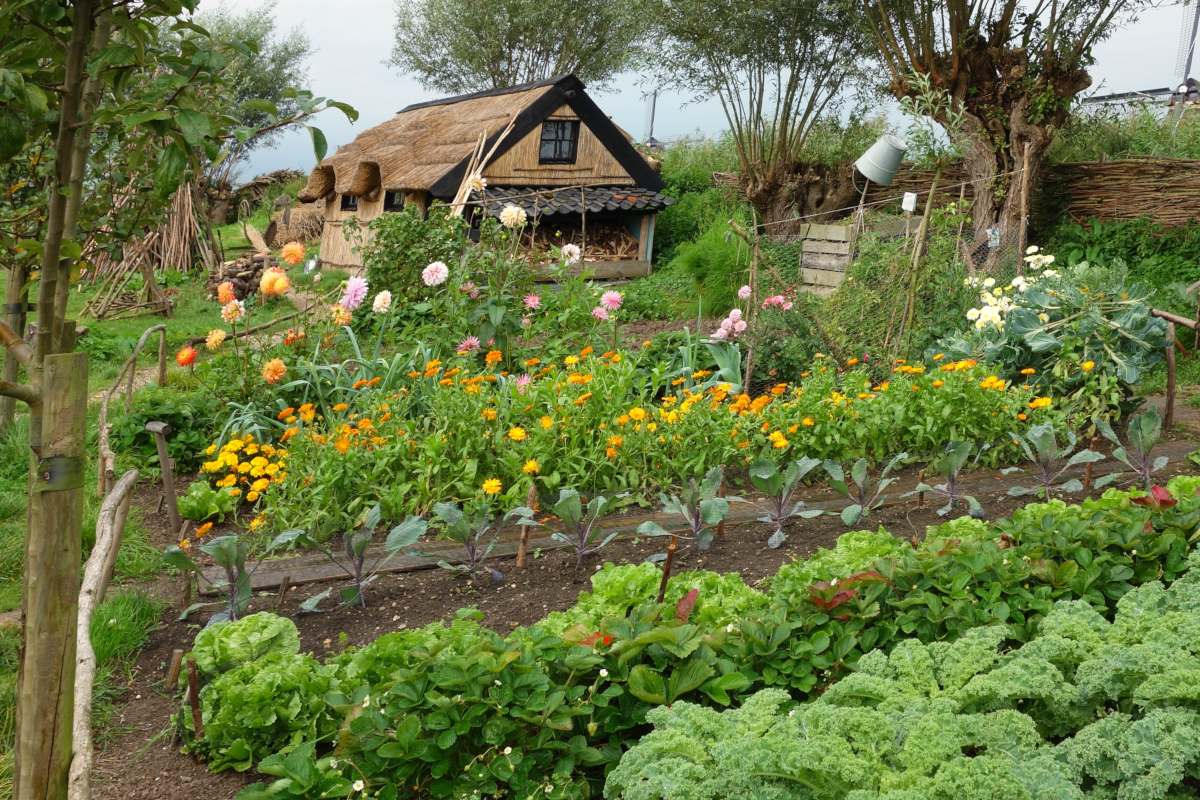
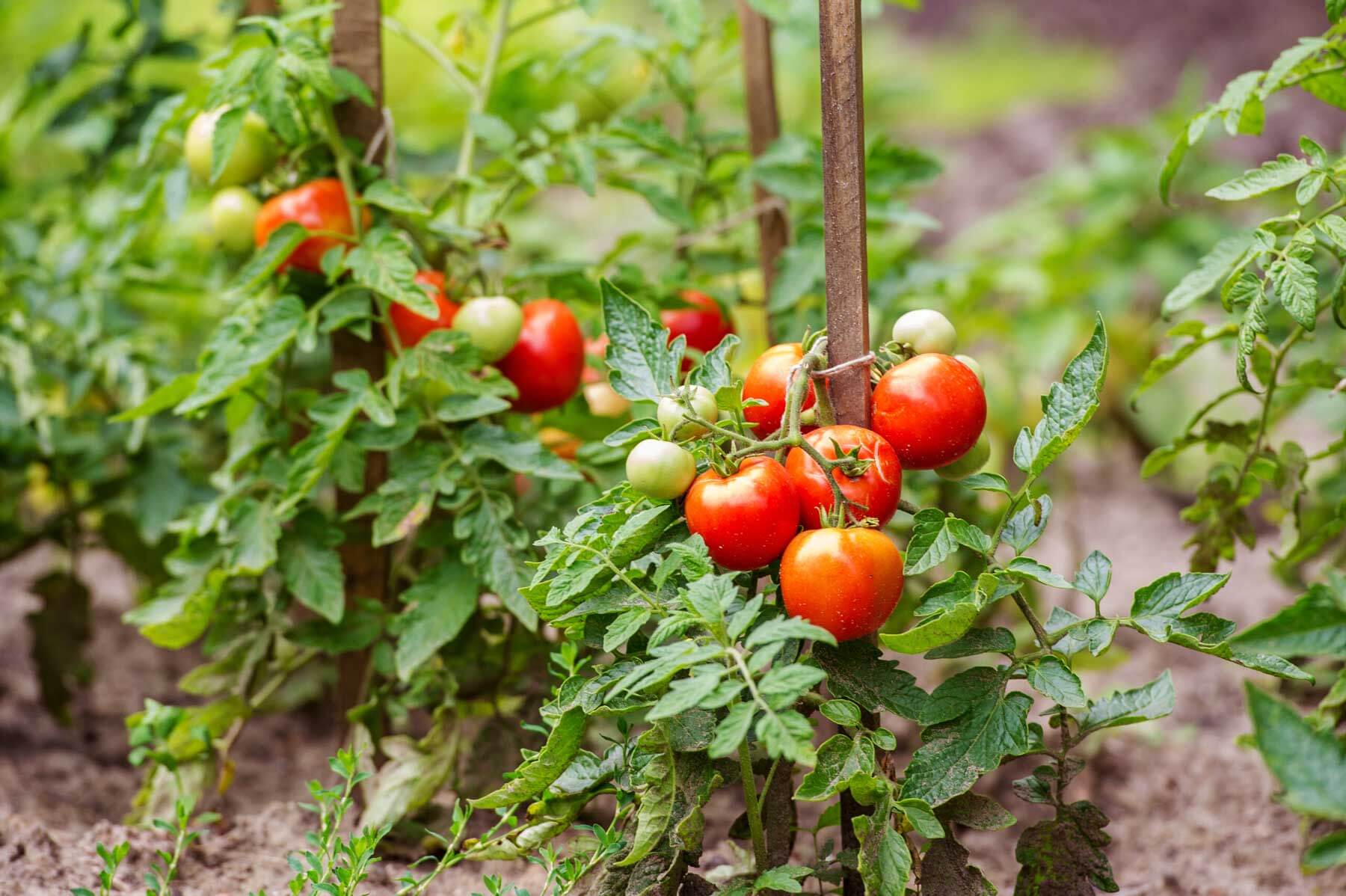
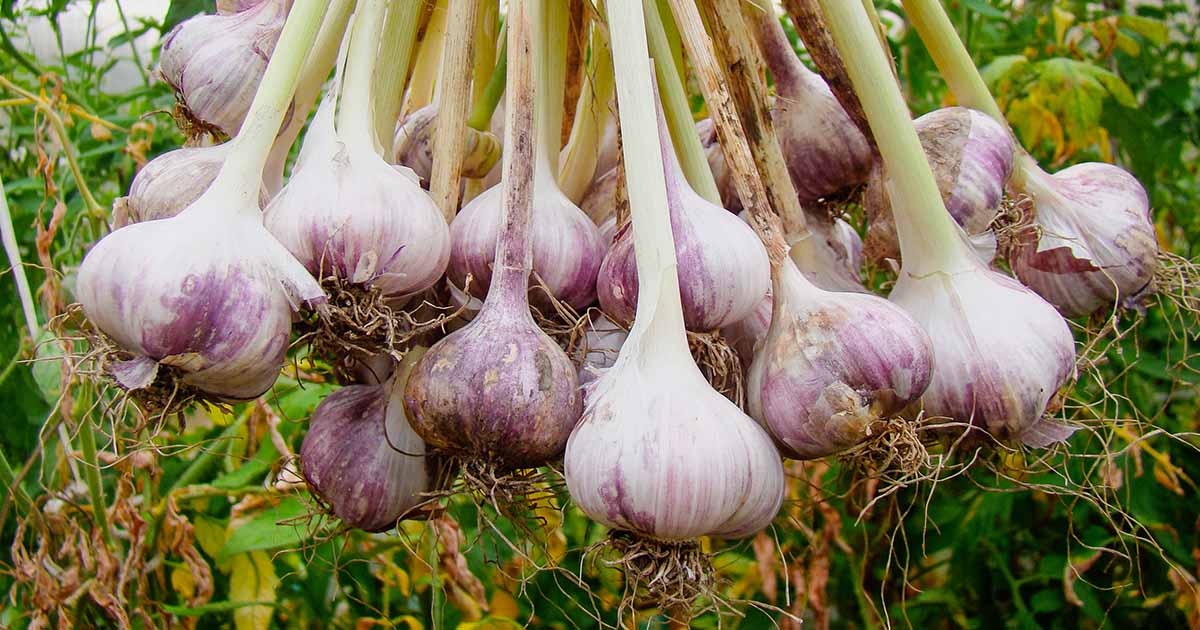
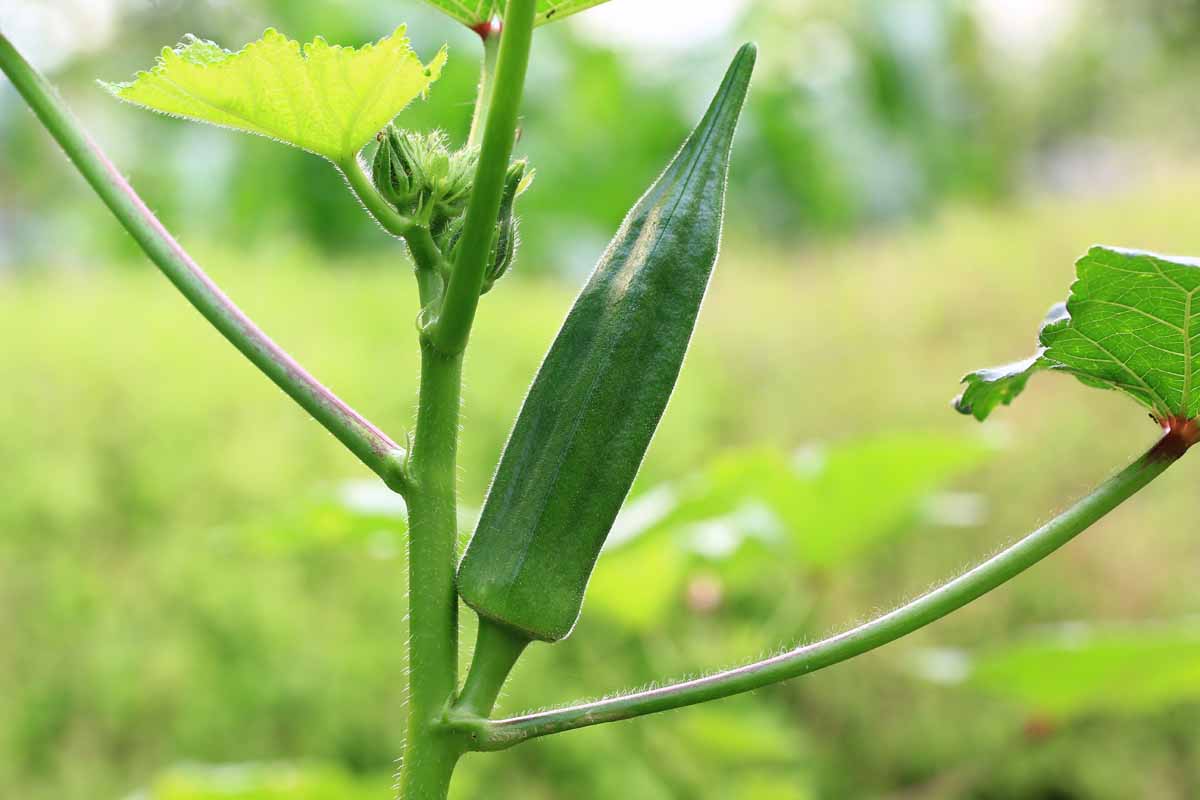

0 thoughts on “What Was Crop Rotation?”